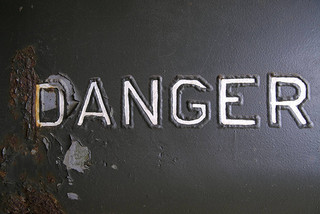Packaging is one of the most important, and yet often under-valued elements of the marketing communication mix for a CPG company. I was spurred to write this post by a comment on my last blog by Andy Lock – who reminded me of one of my greatest bug bears – packaging.
In most businesses, packaging needs to work more for shoppers than for consumers; and yet in many organizations, packaging development is managed exclusively by the consumer marketing team.
Packaging does have to work hard. It needs to resonate with consumers, it needs to protect the product and communicate all of the legal requirements. It has to meet logistics and retail standards to be accepted throughout the value chain. And it really has to work for shoppers.
LEARN HOW TO CREATE POWERFUL INSTORE SIGNAGE AND SHOPPER COMMUNICATION THAT REALLY WORKS – NOW
In the comment (below) Andy mentions an anecdote from Vietnam – where shoppers approached the store on a motorbike – if the pack wasn’t visible from 15 feet away, it simply didn’t work. That insight isn’t collected by showing concepts to consumers in focus groups. If the shopper hasn’t been built into packaging development, it is likely that performance is not being optimized in terms of visibility or communication in the store.

It is on the shelf that packaging has to communicate most – if the product doesn’t work on the shelf; is not visible to shoppers, doesn’t attract them, and give them the message they need, then it isn’t working hard enough. Packaging is a remarkably efficient shopper communication tool, taking your message to every outlet your product is stocked in. Yet I’m pretty sure that when the in-store marketing mix is being defined, packaging as a communication tool is often forgotten.
Yet that message only works best if it is tuned to the target, and in a retail outlet, that is the shopper. Packaging arguably is, or should be, part of the shopper marketing lexicon, and as such responsibility for developing packaging should be transferred. At the very least packaging development (and that includes design) should be a collaborative effort involving both consumer and shopper teams.
Is this too far? It seems to me that consumer marketers don’t always value packaging – too often it is passed to the most junior members of the team whilst more senior hands focus on the big “glory” campaigns. Perhaps it should be passed to a team who might value it more?





